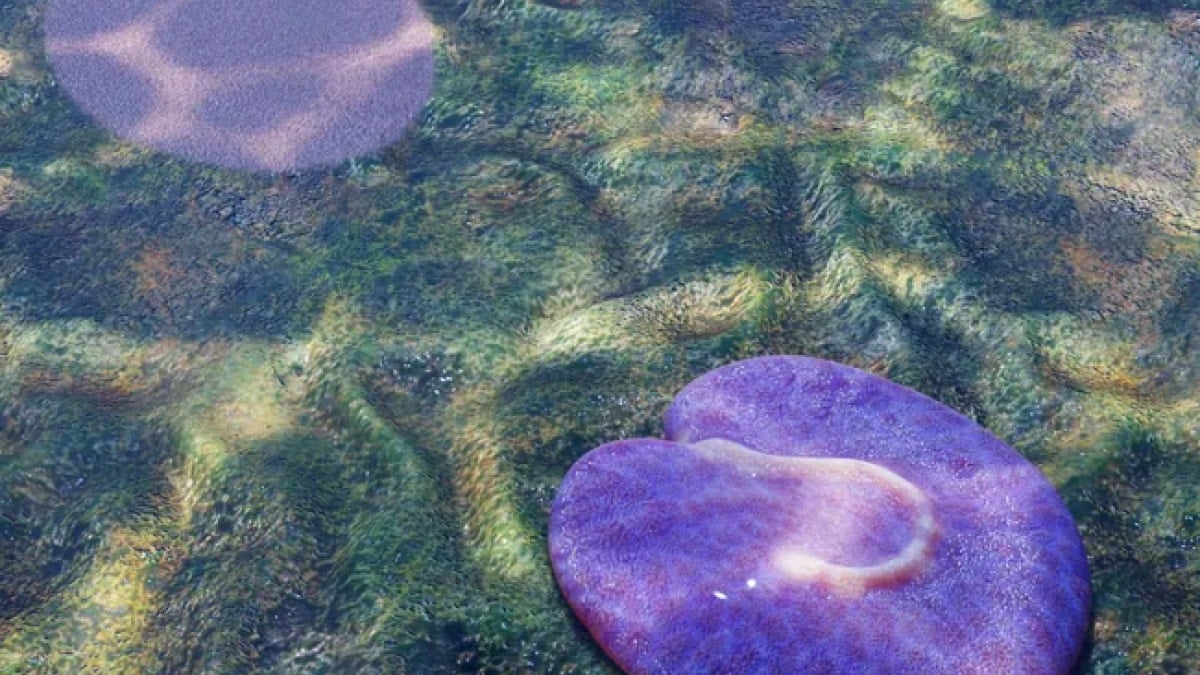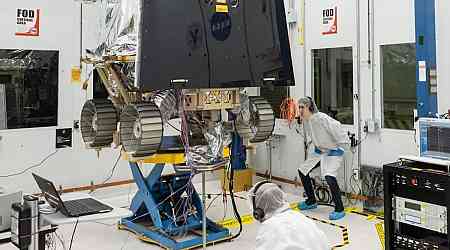A discovery from Australia's Nilpena Ediacara National Park has revealed the oldest known asymmetrical animal, Quaestio simpsonorum. This creature, which lived around 555 million years ago, resembles a small marine vacuum cleaner, gliding across the ocean floor and feasting on tiny algae and bacteria. What sets Quaestio apart is a backward question-mark-shaped protrusion on its back, marking a significant milestone in the evolution of more complex life forms. Researchers have long been very interested in the Ediacaran period, which spanned from 635 to 541 million years ago. It predated the Cambrian explosion—a time when life on Earth diversified dramatically. The fossils of Quaestio were unearthed in South Australia, where many early complex animal fossils have been found.
According to Scott Evans, a paleobiologist at Florida State University and the lead author of a study published in the journal Evolution and Development, the unique shape of this animal provides insight into how early life evolved. “The animal's backward question-mark shape clearly separates the left and right sides, something we haven't seen in other fossils from this era,” he explained.
Movement on the Ocean Floor
What's even more exciting is that Quaestio was likely capable of movement. Fossilised tracks found behind one of the specimens suggest it could glide across the ocean floor, actively feeding on microorganisms. Mary Droser, a palaeontologist at the University of California, Riverside and a co-author of the study, noted the significance of this finding stating it offered an important insight on evolution of life on Earth.
The asymmetrical features of Quaestio simpsonorum are important for understanding how more complex organisms emerged over time. This ancient creature highlighted an important moment in the history of evolution, giving us a view on the developmental processes that shaped the diversity of life we see today. As researchers continue to study these fascinating fossils, they hope to unlock even more secrets about the origins of animal life on our planet.
































